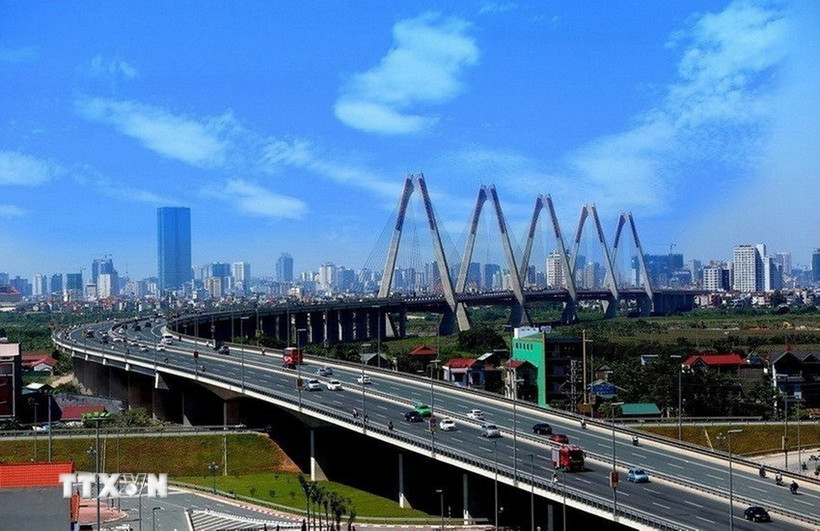
Locally managed investment capital is the brightest spot, estimated at VND324.1 trillion, equal to 41.1% of the annual plan and a sharp increase of 29.4% over the same period last year. (Photo: Vietnam+)
Fall 2025 - Marking the 80th anniversary of the founding of the Democratic Republic of Vietnam. Throughout eight decades of hardship and challenges, economic development has always played a central role in the revolutionary cause of the Party and the nation.
Over the past 80 years, Vietnam's economy has gone through a journey from "zero" in 1945 to a dynamic and deeply integrated economy.
The remarkable progress in economic growth, improvement of living standards and economic diversification are clear evidence of the tireless efforts of the entire nation over the past 80 years.
Outstanding achievements
From an economy devastated by war, poverty, backwardness, and prolonged crisis, Vietnam has risen to become a dynamically developing economy.
In the 80-year journey of economic development, innovation is the decisive driving force, the key to helping the country overcome historical turning points, unleash potential, integrate and develop.
During the period of resistance war and national construction from 1945 to 1975, Vietnam's economy was deeply affected by war, the economy operated according to a centrally planned model.
Economic policy was closely linked to military and political tasks, placing political goals above economic efficiency, implementing land reform; collectivizing agriculture; nationalizing private industry and commerce. During this period, the national GDP was almost “zero”, having to rely on aid to maintain livelihoods and stability.
After 1975, the newly unified country had to face two border wars in the Southwest and the North, along with international embargo and isolation, economic exhaustion, destroyed infrastructure and transportation facilities, and a serious national financial shortage.
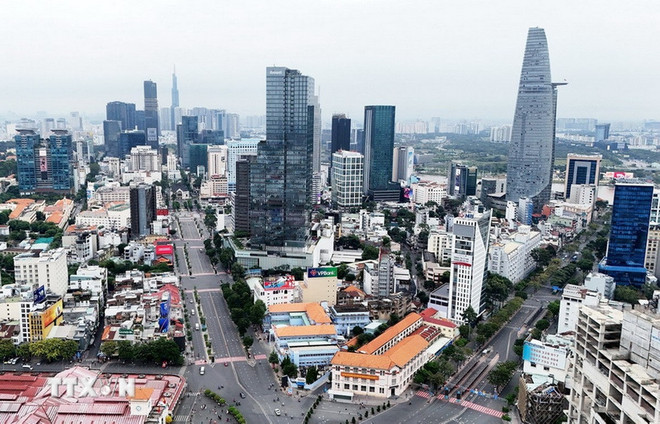
The construction of an international financial center has important strategic significance. (Photo: VNA)
In the context of the economy falling into a serious crisis, hyperinflation, and people's lives facing countless difficulties, the 6th National Party Congress in 1986 made a historic decision, creating an impressive turning point in the country's economic development. That is, implementing comprehensive innovation; in which the focus is on economic innovation. This is a vital turning point, not only rescuing the economy but also opening a new period of development in peace, dynamism and integration.
The first and most important innovation is the innovation of economic thinking and perspective, transforming the centrally planned model into a socialist-oriented market economic model.
The year 1986 is considered an important milestone, paving the way for the development of a socialist-oriented market economy. This is the year that marked the first economic renovation, creating a historic turning point, vital to the nation's development process, with the renewal of thinking, viewpoints and transformation of economic models.
Innovation has become the driving force for economic development over the past four decades by eliminating the administrative command and subsidy management mechanism; the country has overcome the crisis. Vietnam has become one of the most dynamic economies, with GDP scale increasing dramatically.
If in 1986, the GDP of the economy only reached 8 billion USD, by 2024 it is estimated to reach 476.3 billion USD, 59.5 times higher. The national brand value in 2024 reached 507 billion USD, ranking 32nd out of 193 countries. People's lives are constantly improving and enhancing; the poverty rate decreased from 58% in 1993 to below 3% in 2024. The middle class has formed and developed rapidly and impressively in recent years. In 2022, the middle class proportion was at 13% of the population and is forecast to increase to 26% in 2026.
Innovation has created new growth drivers for the economy. With new thinking, the Party and State have identified international integration and FDI attraction as important drivers for growth and development model transformation.
Implementing this policy, in 1993 Vietnam became a member of the World Bank, the International Monetary Fund, and the Asian Development Bank; in 1998 it joined APEC; in 2000 it signed the Vietnam-US Trade Agreement, opening up the US market, and at the same time creating an important stepping stone for Vietnam to join the World Trade Organization in 2007.
Vietnam's economy, which was not on the world economic map, has attracted hundreds of billions of USD in FDI capital, becoming one of the 20 countries with the largest international trade in goods in the world, an important link in 17 free trade agreements, connecting Vietnam's economy with more than 60 developed and key economies around the world.
According to economic expert, Dr. Nguyen Bich Lam, former General Director of the General Statistics Office, the achievements of the past 80 years are not only measured by growth rate, scale, poverty rate, and economic position, but also reflected in the ability to flexibly manage macroeconomic policies and the economy's resilience to global shocks.
Bringing the country into an era of prosperous development
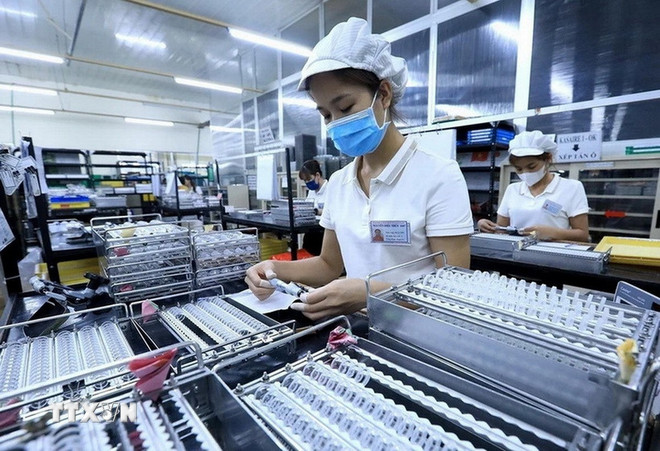
Workers work at a FDI company. (Photo: Tuan Anh/VNA)
Vietnam's economy in the 2021-2025 period takes place in a world context with profound geopolitical fluctuations, uncertainty, and unpredictability; national interests and security are comprehensively shaping all world economic policies.
The COVID-19 pandemic has created an unprecedented shock to the global economy, and at the same time posed an urgent requirement for the world to reform institutions, innovate growth models, and digitally transform.
Vietnam's economy is highly open, facing challenges from the severe consequences of the COVID-19 pandemic causing disruptions in supply chains, production stagnation, and decline in workers' income; asynchronous socio-economic infrastructure, lack of regional connectivity; and the quality of human resources failing to meet the requirements of the Fourth Industrial Revolution.
In particular, institutions remain a serious bottleneck; the business environment is not transparent; the non-state economic sector still faces difficulties in accessing land, capital and credit resources.
Economic restructuring and growth model innovation are slow; innovation has not become the main driving force; efficiency in capital use and labor productivity are low.
Today, the world is entering a new era, the world economic system is reshaping, facing many crossroads. To enhance the ability to respond to unpredictable changes, to realize the aspiration of building a Vietnam with rich people, strong country, democratic and civilized society, our Party and State have initiated the second renovation - Renovation of the political system in sync with economic renovation according to an appropriate roadmap, strongly renewing economic development thinking and perspectives, renewing the thinking of governance and management of the country.
Accordingly, the Party and State are urgently innovating the organization and operation of the political system; reorganizing the apparatus towards streamlining, effectiveness and efficiency; clearly defining functions, tasks and authorities among Party, State, Fatherland Front and socio-political organizations.
Along with that, rearranging administrative boundaries and units is a strategic step in political innovation in sync with economic innovation, creating a close connection between development space and administrative boundaries, mobilizing resources, and creating breakthroughs in local economic development.
For the second round of innovation to be successful, opening up a future of independent, self-reliant and prosperous development, economic experts believe that economic institutional reform and innovation must ensure the quality and practicality of current regulations; improve efficiency and transparency in law enforcement; control the quality of new regulations, not create policy conflicts and hinder development.
“When the institution is consistent with reality, institutional bottlenecks disappear. When law enforcement is transparent and effective, harassment, the mechanism of asking and giving, corruption, and waste no longer have a place to exist. When the quality of new regulations is well controlled, policy conflicts and development are not created, meaning no new bottlenecks arise, the institution truly creates development momentum,” expert Nguyen Bich Lam emphasized.
Along with that, building a truly rule-of-law State of the people, by the people and for the people, with the capacity to create development, create policies with strategic vision, effective governance and serve the people is the most important goal and task in current political innovation to match economic innovation.
In addition, comprehensive, thorough and profound reform of the education system according to the viewpoint of "Original knowledge education" not only improves the quality of training but is also an indispensable foundation for Vietnam to make breakthroughs in science and technology, independence and autonomy in development, and reach the world level.
In particular, it is necessary to restructure the economy, create a new, superior growth model, create new growth drivers from science, technology and innovation; build a foundation to ensure rapid, sustainable growth in the direction of a green economy and a circular economy; promote private economic start-ups; improve labor productivity and national competitiveness; at the same time, create and develop the private economy and national enterprises to become the most important force, the vanguard in developing and integrating into the world economy.
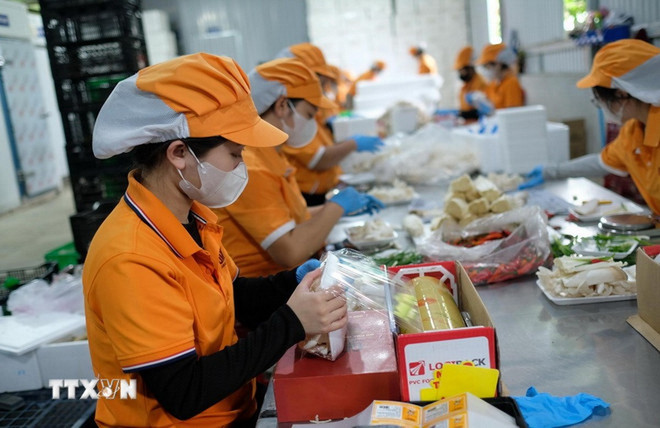
The private economy is the vanguard force to promote growth, create jobs and improve productivity. (Photo: Nguyen Dung/VNA)
“In recent times, the Party’s major policies have been on the right track, meeting the expectations of all social classes. The core issue now is no longer the orientation, but the capacity and effectiveness of implementation. Quickly putting resolutions into practice, turning policies into specific, measurable and accessible policies, is the key to turning development opportunities into reality, creating new growth drivers, encouraging business aspirations, and removing economic bottlenecks,” said economist Nguyen Bich Lam.
Referring to the importance of the private economic sector in the new era of national prosperity, in a recent article on the new driving force for economic development, General Secretary To Lam emphasized: From a place where it only existed "gasping" and "moderately" in a centralized bureaucratic subsidy mechanism, being discriminated against not only in social awareness but also in state mechanisms and policies, the private economy has grown strongly in the period of innovation, contributing more and more to the state budget, creating jobs for society, promoting the available potentials and advantages in each locality as well as in the whole country, making an important contribution to socio-economic development, strengthening national defense and security, affirming its important role and driving force in international integration.
“With the right vision and policies, in a socialist-oriented market economy, developing the private economy is a vital choice to promote material production, create social change, “rebound” in technology level, vocational training, increase the ability to absorb capital, promote labor productivity, and build a technical and material foundation for socialism,” General Secretary To Lam affirmed.
Looking back on the development journey over the past 80 years, Vietnam's economy has made proud strides, demonstrating the strong will to rise of the entire nation.
In the future, with the right orientations and concerted efforts from the Government, businesses and people, Vietnam can completely realize its aspiration of becoming a high-income developed country by 2045./.
(Vietnam+)
Source: https://baotintuc.vn/the-gioi/viet-nam-ngoi-sao-dang-len-ve-thu-hut-fdi-20250818144348352.htm




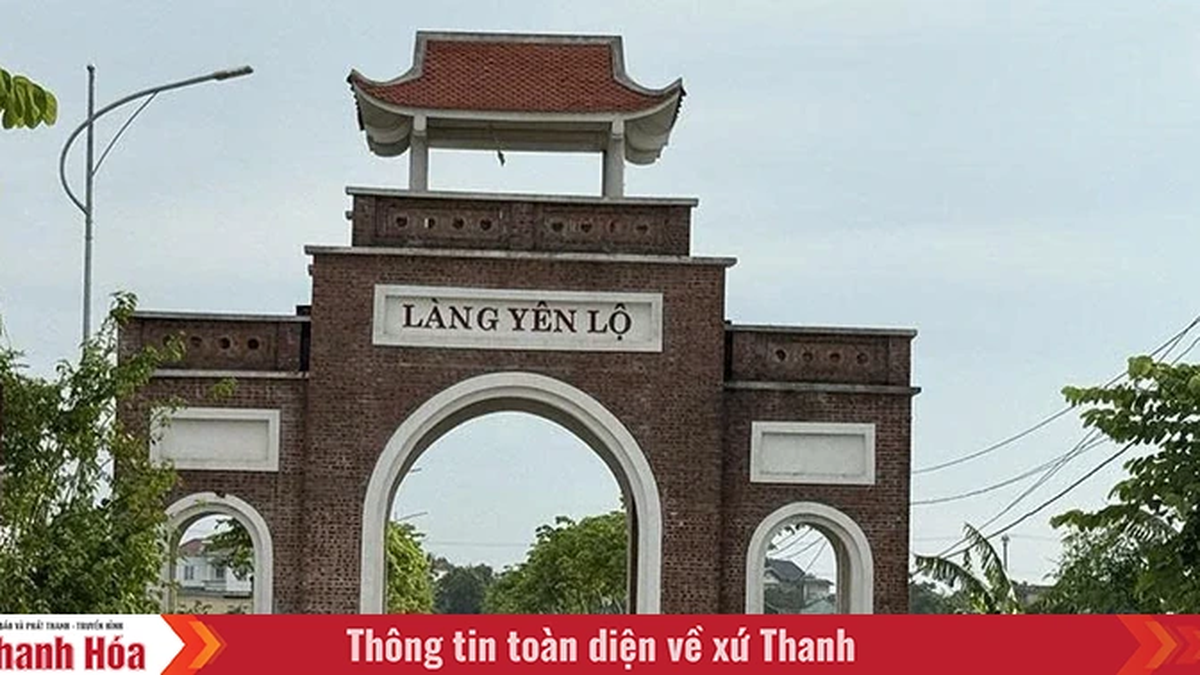



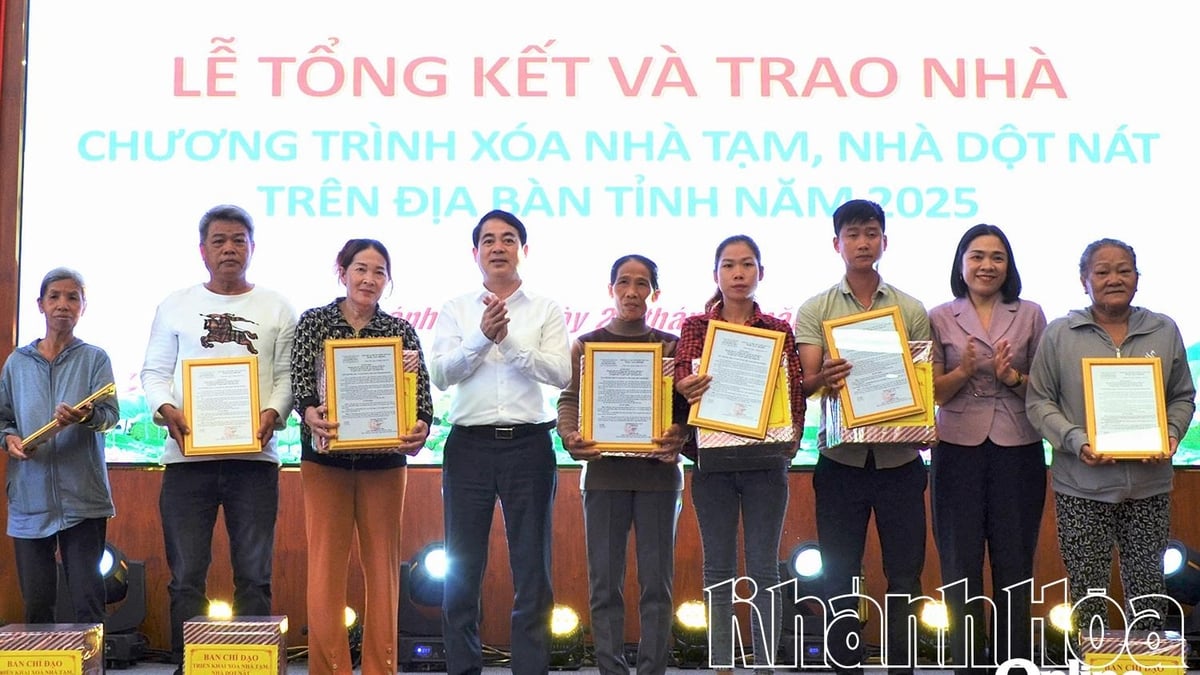














![[Photo] Prime Minister Pham Minh Chinh attends the opening ceremony of the National Data Center](https://vphoto.vietnam.vn/thumb/1200x675/vietnam/resource/IMAGE/2025/8/18/b5724a9c982b429790fdbd2438a0db44)





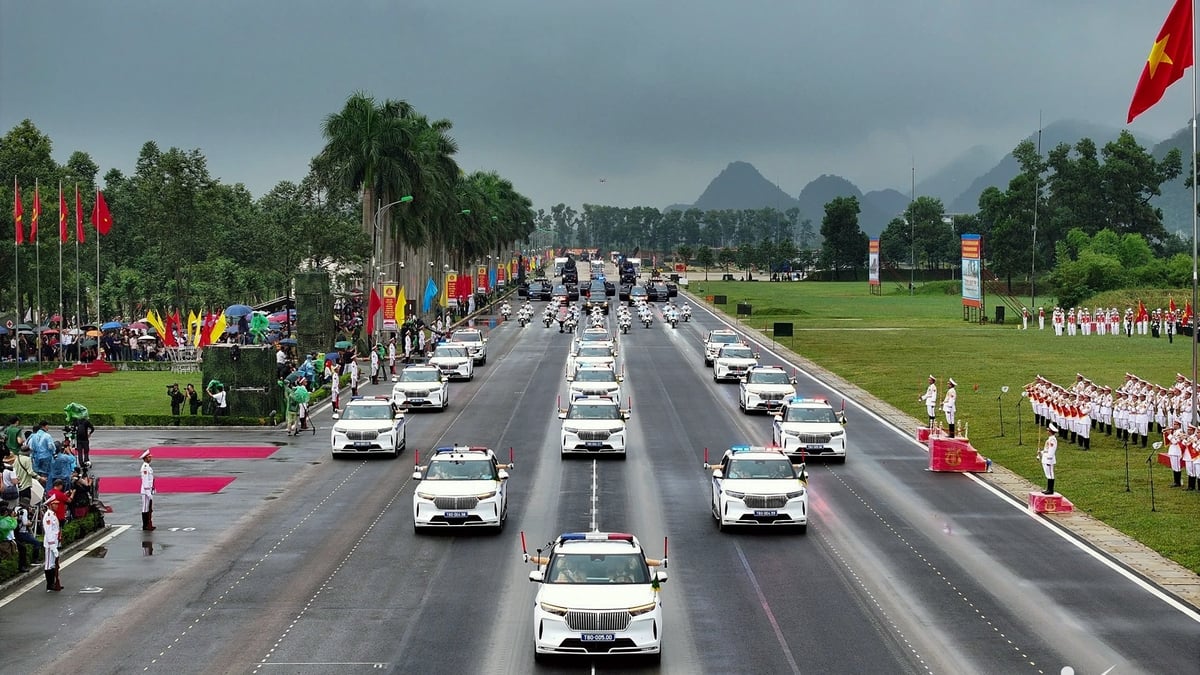
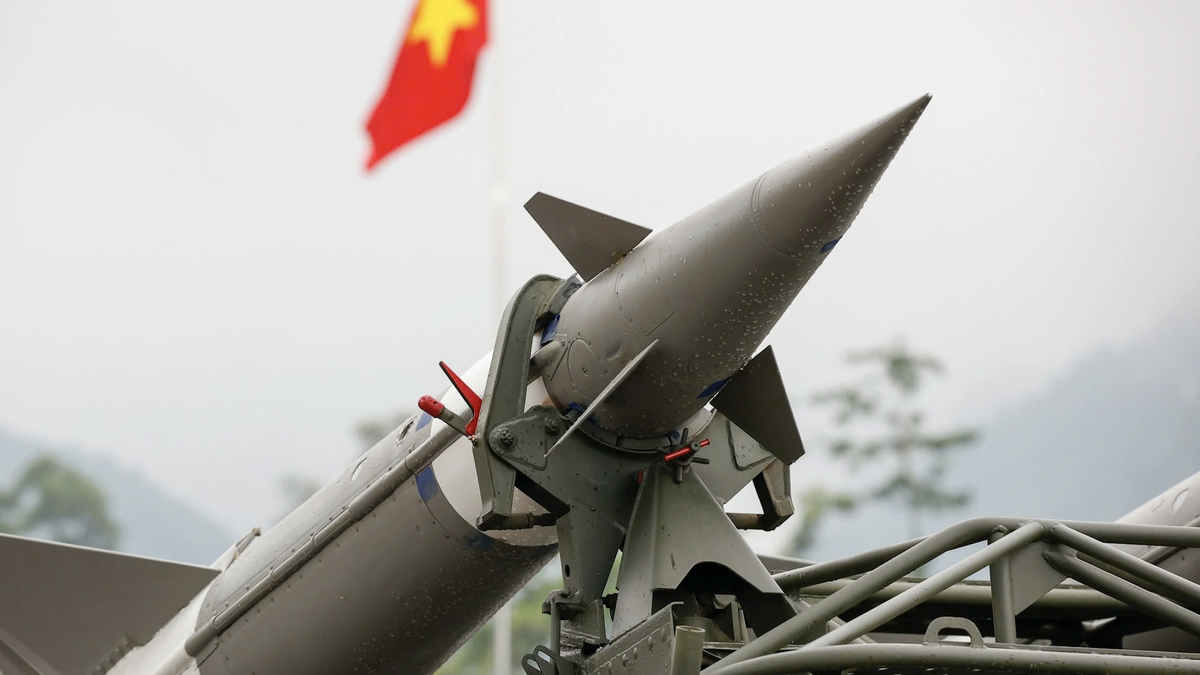
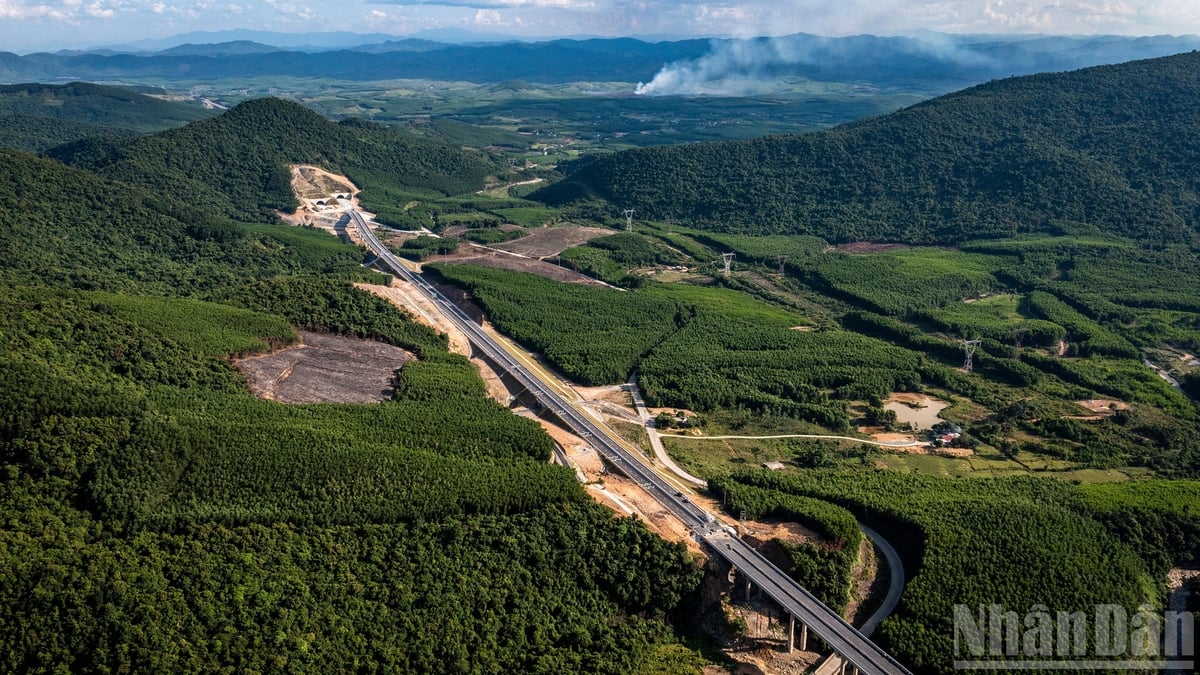










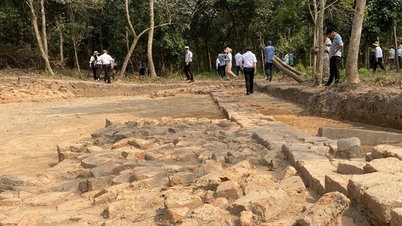



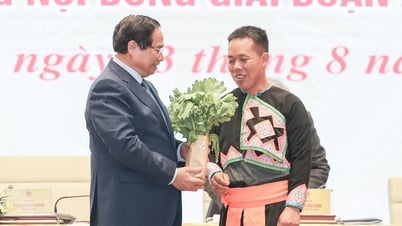









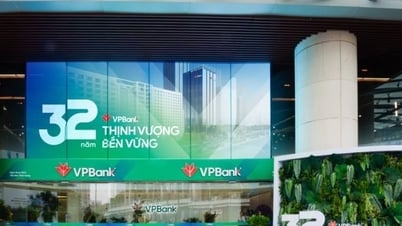
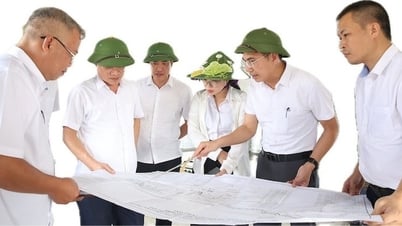

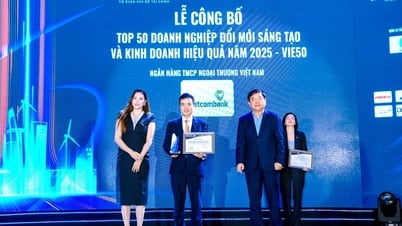
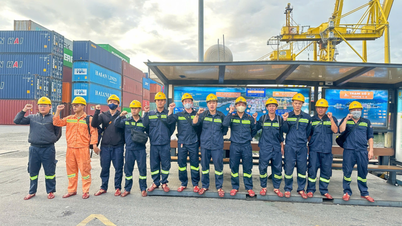
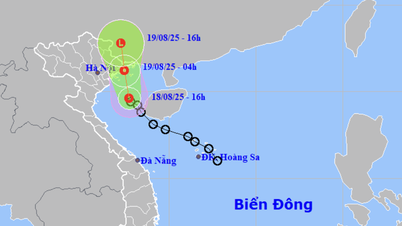

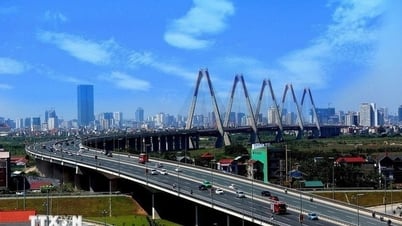
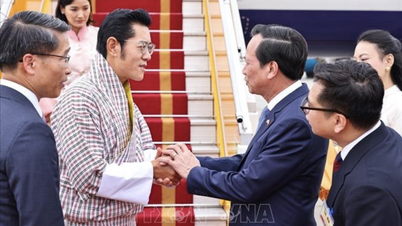


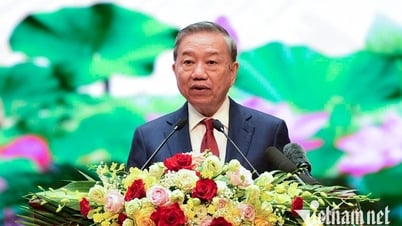

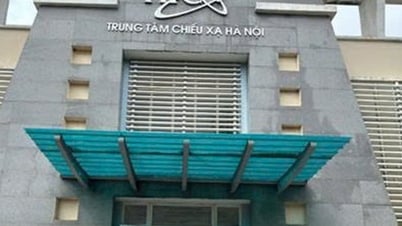


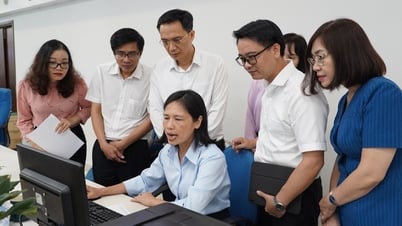


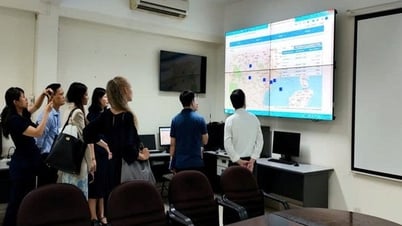
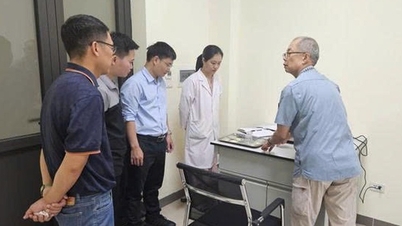






















Comment (0)